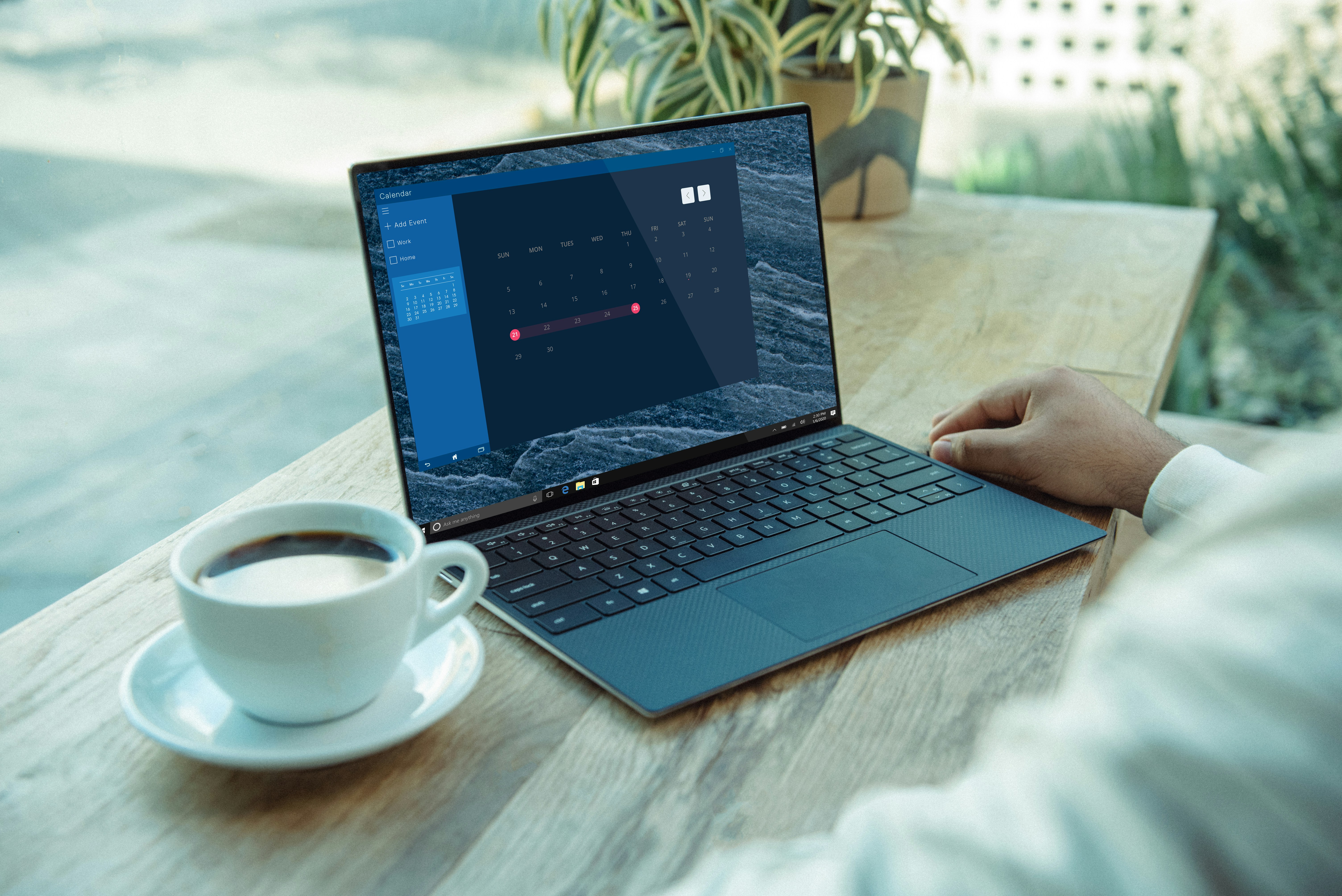Are you on the hunt for your next laptop? Amidst a bewildering array of options, finding the laptop that perfectly aligns with your needs can be a daunting task. Worry not! We've meticulously dissected the crucial components and features to craft this comprehensive guide, ensuring you're well-prepared for your laptop journey.
Where to Start ?
NotebookCheck's Search would be one of best places to start with.
- Customize Specifications: Input your preferences, such as processor, graphics card, display and much more.
- Refine Results: Get a tailored list of devices matching your specs.
- Explore Devices: Clicking on the listed devices will take you to their comprehensive Blog post.
What to look for ? Keep reading
Generation & Frequency
- Generation Matters: Newer generations often bring enhanced performance gains and new features, making them a preferable choice over simply opting for an older higher-end version.
- Higher frequencies improve performance and responsiveness.
This applies to CPUs, GPUs, RAM, and displays.
Power Consumption ∝ Performance
CPU
At the core of your laptop lies the central processing unit (CPU), a true powerhouse. Here's your essential knowledge base:
- Prioritize Threads Over Cores: Look beyond core count and focus on thread count, as a core doesn't always refer to same number of threads.
Intel CPUs
- Performance Spectrum: i3 < i5 < i7 < i9
| Processor Family | Description |
|---|---|
| i3 | Suited for students and productivity, moderate for gaming, might constrain mid-to-high-range GPUs. |
| *i5 | Capable for most tasks, excellent for gaming, won't hinder higher mid-tier GPUs. |
| i7 | High-performance for demanding tasks and gaming, balance between power and affordability. |
| i9 | Zenith of performance for professionals and enthusiasts, excels in resource-intensive applications. |
AMD CPUs
- Performance Spectrum: Ryzen 3 < Ryzen 5 < Ryzen 7 < Ryzen 9
| Processor Family | Description |
|---|---|
| Ryzen 3 | Entry-level with commendable performance for everyday tasks and light gaming. |
| Ryzen 5 | Versatile performance for a wide array of tasks, from gaming to content creation. |
| *Ryzen 7 | High-performance for multitasking, content creation, and gaming. |
| Ryzen 9 | Enthusiast-level performance, excels in demanding tasks. |
Naming Trap
Starting from the 7th generation, AMD has introduced changes to their CPU naming conventions. Falling into this naming trap could be a real concern.
Let's break down what each digit means:
| Position of Digit | Represents | Example |
|---|---|---|
| 1st | Generation | 7 = 7th Gen (2023) |
| 2nd | Processor Family | 3 = Ryzen 3 |
| *3rd | Achitecture [Most Important]* | 2 = Zen 2, Newer is Better |
| Remaining | Specific Models | Safely Ignore |
Ryzen 7540: 7th Gen Ryzen 5 with Zen 4 Architecture
U vs H_ Series Processor
Both above mention companies have them. But which one to choose?
| U Series | H_ series |
|---|---|
| Basic tasks and casual gaming. | High-performance tasks like video editing and demanding gaming. |
| Excellent battery life for longer usage away from outlets. | More powerful with higher core counts and clock speeds. |
| Lower heat generation for thinner and lighter laptops. | Generates more heat, requires better cooling solutions. |
GPU - Empowering Visual Grandeur
The graphics processing unit (GPU) is pivotal for visuals and gaming.
Integrated GPUs (iGPU):
- Pros:
- cost-effectiveness
- Enhanced battery life
- sleek design
- reduced fan noise
- AMD's Edge: Current-gen AMD iGPUs rival Nvidia's GTX lineup.
Dedicated GPUs (dGPU):
| Factors | |
|---|---|
| VRAM | Opt for 6GB VRAM or more for future-proofing. |
| Generation Impact | Prioritize newer GPU generations. |
| TGP (Total Graphics Power) | Affects performance and thermals. Higher is better, consuming more power. |
| Strategic Bottlenecking | Optimal performance results when the dGPU is the bottleneck, ensuring full GPU utilization. |
- Nvidia is not recommended for platform other than Windows.
RAM
Random access memory (RAM) serves as your laptop's short-term memory hub. Here are pivotal considerations:
- Dual-channel Efficiency: Opt for identical dual-channel RAM sticks for better performance.
- Banishing Bottlenecks: Adequate RAM averts system freezes from memory limitations.
- Optimal 'x' Selection: x8 stick outperforms x16; more details here .
| Size | |
|---|---|
| Absolute Minimum | 8GB |
| Recommended | 2GB per job i.e. 2GB per thread for complete utilization of CPU |
| Intensive tasks like rendering | Benefits from higher RAM capacities |
Storage
- Embrace the future: bid farewell to mechanical drives.
- Opt for the revolutionized speed of NVMe or SSDs.
Display
Your laptop's display is your primary portal. Consider the following factors.
- Touch Screen: Intuitive engagement with the system.
- LED: Say goodbye to LCDs
| Type | Advantages |
|---|---|
| OLED | Exceptional contrast, advancements curbing burn-in concerns. |
| Mini LED | Great contrast but not as good as OLED, no burn-in concerns. |
| Micro LED | Cutting-edge, harboring various refinements. |
- Refresh Rate: Elevated rates translate to smoother visuals. For gaming, prioritize refresh rate if your GPU sustains that much FPS. A 120Hz minimum is recommended for laptop gaming.
Battery
Swift Degradation: Contemporary batteries degrade more rapidly than other components.
Battery life profoundly impacts portability and usability. If possible, select a model with a swappable battery.
Webcam
Seamless video communication hinges on a high-quality laptop webcam.
Ports
A laptop's port selection forms a critical nexus. Consider these essential ports:
| Ports | Description |
|---|---|
| Thunderbolt 4 or USB 4 | High-speed versatility supporting charging, data transfer, and video output. |
| USB Type-A | Universal gateway for peripherals like drives and printers. |
| Headphone Jack | For connecting audio devices. |
| SD Card Reader | Beneficial for photographers and content creators. |
Cooling System
Efficient cooling is vital for sustained laptop performance and longevity.
- Vent Placement: Strategic vent layout fosters heat dissipation.
- Multiple Fans: Enhance heat dissipation and counter thermal throttling.
Build
A robust build ensures your laptop withstands daily rigors while reflecting your personal style.
WiFi Card
Your laptop's WiFi card shapes internet connectivity. Consider cards featuring Open-Source Drivers for OS compatibility.
Security enthusiast may opt for cards featuring Monitor Mode & Packet Injection.
In mostly cases these cards can be switched later. So, these points could be ignored while selecting.
For a list of wireless cards with OS support, refer here .
TPM
- Trusted Platform Module (TPM) heightens security by safeguarding encryption keys in hardware.
- Even if your primary drive falls into unauthorized hands, booting remains an impossibility.
Slots & Upgradability
Assess for multiple RAM and PCIe slots, enabling future upgrades.
Innovations
Search for innovative features that elevate your experience, such as:
- Framework : Embrace a modular design approach.
- Asus : ROG Flow lineup, boasts compatibility with external GPUs via a proprietary port.
Hands-On Testing
- It's essential to test and validate the performance and features before making a decision.
- If possible try out Operating System of your choice via Live-USB to ensure it's compatibility with your intended device. This will not affect the already existing Operating System on that device.
Accessories
- Mechanical Keyboard: Elevate your typing satisfaction.
- UFS Card: Compact like an SD-Card, with SSD-like speeds.
- USB Hub: Multipurpose USB hub/dock can help devices with fewer ports.
- NVMe Enclosure over External SSD: Offers affordability, superior warranty, enhanced performance, and internal drive flexibility.
Armed with this all-encompassing guide, you're primed to navigate the laptop market confidently. Remember, individual needs vary, so tailor your choices to your unique requirements. Happy laptop hunting!

